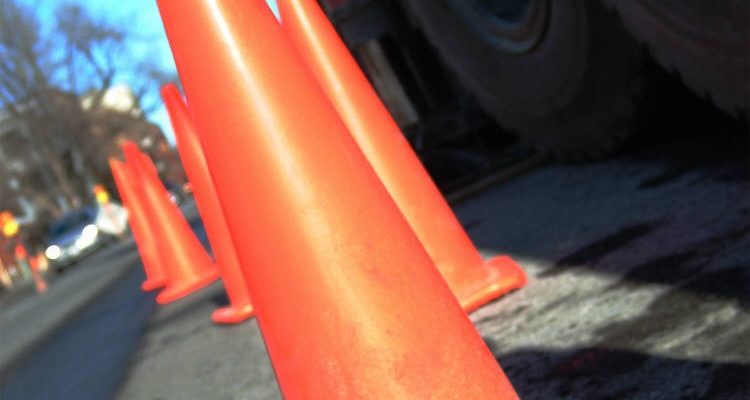By Kimberly Kindy
March 27 at 8:01 PM
President Trump signed a bill Monday that killed an Obama-era worker safety rule that required businesses competing for large federal contracts to disclose and correct serious safety and other labor law violations.
Earlier this month, the Senate voted to eliminate the Fair Pay and Safe Workplaces rule, which applied to contracts valued at $500,000 or more. Votes on the bill in both the House and Senate divided along party lines.
The Fair Pay and Safe Workplaces regulation was finalized in August but most of it was never implemented. Within days of it being finalized, the Associated Builders and Contractors (ABC) sued, securing a temporary injunction that prohibited the federal government from implementing it.
In a last-minute effort to fight for the rule earlier this month, Sen. Elizabeth Warren (D-Mass.) released a staff report that showed 66 of the federal government’s 100 largest contractors have at some point violated federal wage and hour laws. Since 2015, the report says, more than a third of the 100 largest OSHA penalties have been imposed on federal contractors.




